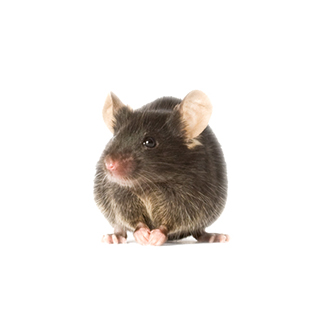
MOST POPULAR JAX® MICE
Over 30,000 peer-reviewed publications cite use of JAX® Mice strains. Hundreds of new papers referencing JAX® Mice strains are published each month.
JAX® Mice are the best characterized and most widely used mice available. More than 80% of all mouse-related research publications that cite a strain source use JAX® Mice.
Many researchers use body weight as a basic indicator of mouse health and overall general condition, and sometimes as criteria for selecting the most appropriate strain for their studies.
Knowing the cellular components of blood allows researchers to assess animal health. The profiles include:
Many scientists use serum biochemistry as a primary health indicator and to investigate commonly found disease states. Serum biochemistry data includes:
We use cookies to personalize our website and to analyze web traffic to improve the user experience. You may decline these cookies although certain areas of the site may not function without them. Please refer to our privacy policy for more information.